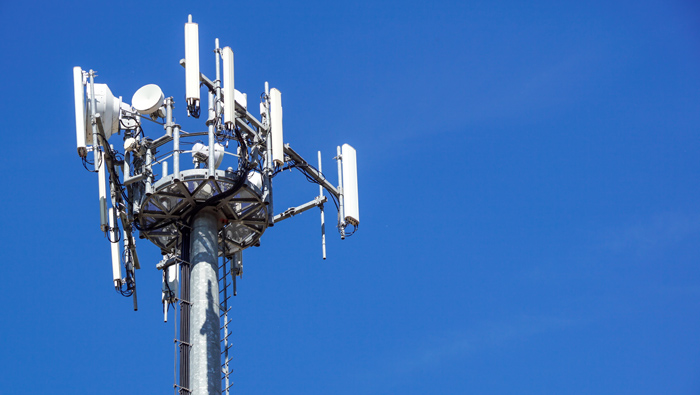
Muscat: Cell towers across the nation will be monitored to gauge emissions, the Telecommunications Regulatory Authority (TRA) has announced.
The TRA has collaborated with the Ministry of Environment and Climate Affairs (MECA) to ensure that all towers follow the standards set by the International Commission on Non-Ionising Radiation Protection (ICNIRP) and the World Health Organisation.
While mobile phones are now an integral part of our lives, emissions from towers can prove harmful if they exceed a certain threshold.
The project follows a similar study undertaken by the Sultan Qaboos University on behalf of the Majlis Al Shura recently, and Dr. Bourdoucen Hadj, Dean of the College of Engineering at the university, was one of the primary researchers in that study.
“What the TRA is doing now is providing a wide coverage with international companies to meet global standards, to check the quality of service, to see if people are obeying the laws, and to see if the standards in terms of power, speed and time delay are being met,” he explained. “The TRA are checking if the standards are being promised.
“If electromagnetic radiation goes beyond a certain limit, it might cause sicknesses such as cancer, so the ICNIRP maintains the electrical limits and works with the WHO to ensures that the providers do not go beyond a threshold, because if they put more power in these towers, they may have increased coverage, but you also have increased radiation, which is bad for the human body,” added Hadj.
“If people are not really educated about this, they will have negative views on telecom towers, and they will psychologically reject these services, even though telecommunications are very important for daily life,” he said.
“People need to have a good understanding about this, and this exercise by TRA is extremely important. It is to do with quality assurance, protecting people and ensuring that the telecom providers install towers which are safe.”
Emissions from 10 per cent of all of Oman’s towers will be measured from 16 different points around the tower, with measurements being taken across 2G, 3G and 4G frequencies to ensure that adequate safety standards are being met.
“The measurements include electric field, magnetic field and the magnetic flow of each point, and the results are compared with the permitted ranges according to the ICNIRP Guidance and Standards,” said a statement from the TRA.
“It is worth mentioning that the Ministry of Environment and Climate Affairs has issued Ministerial Decision No. 25/2015 on environmental regulations and guidelines for establishing, installing or operating base stations for mobile communications towers and antennas.”
The World Health Organisation also conducts studies to ensure people’s health is not compromised by electromagnetic radiation from towers.
“The international pooled analysis of data gathered from 13 participating countries found no increased risk of glioma or meningioma with mobile phone use of more than 10 years,” stated the WHO.
“There are some indications of an increased risk of glioma for those who reported the highest 10 per cent of cumulative hours of cell phone use, although there was no consistent trend of increasing risk with greater duration of use. The researchers concluded that biases and errors limit the strength of these conclusions and prevent a causal interpretation.
“Based largely on these data, IARC has classified radio frequency electromagnetic fields as possibly carcinogenic to humans (Group 2B), a category used when a causal association is considered credible, but when chance, bias or confounding cannot be ruled out with reasonable confidence,” added WHO.
“While an increased risk of brain tumours has not been established, the increasing use of mobile phones and the lack of data for mobile phone use over time periods longer than 15 years warrant further research of mobile phone use and brain cancer risk,” noted the organisation. “In particular, with the recent popularity of mobile phone use among younger people, and therefore, a potentially longer lifetime of exposure, WHO has promoted further research on this group.”